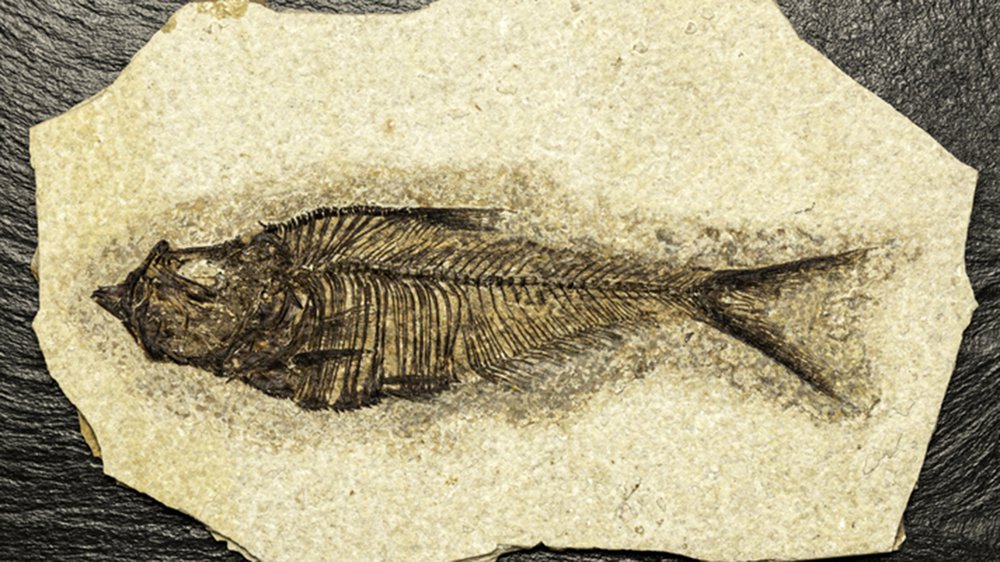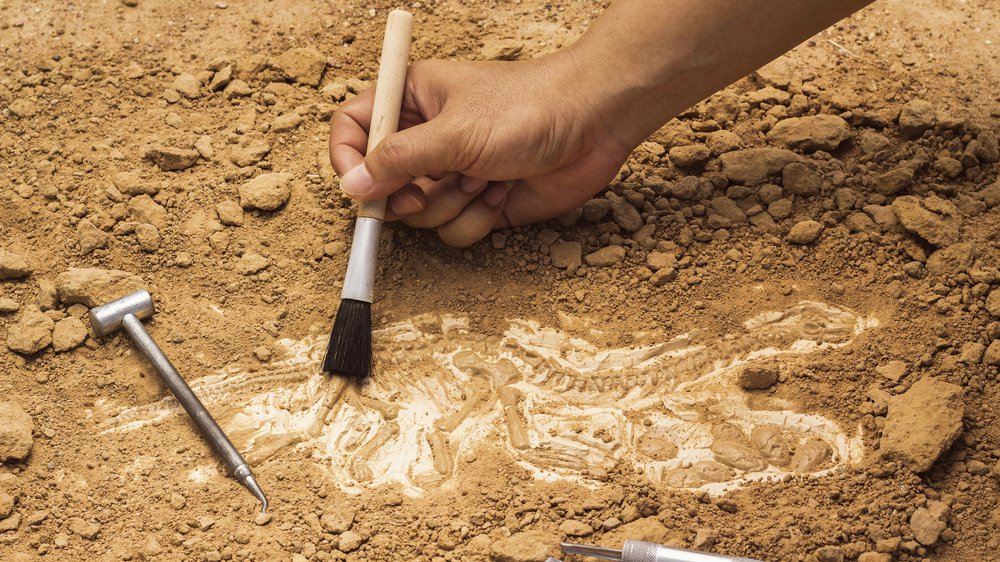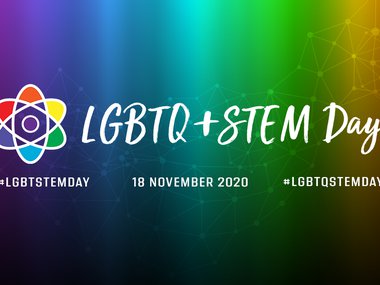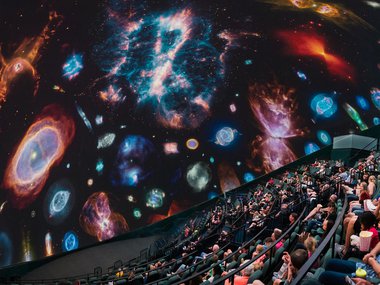Pride in Paleontology: Highlighting LGBTQ+ Scientists
For more than five decades, Pride events have been celebrated every June in honor of the LGBTQ+ community’s continued struggle for equality. The Science Museum of Virginia highlighted American astronomer Frank Kamey for LGBTQ+ STEM Day, but there are many other queer scientists worthy of recognition. As the Museum enters our summer of dinosaurs, it seems like the perfect time to highlight some LGBTQ+ professionals within the field of paleontology.

Image credit: Getty Images
Even though many people assume paleontology is only about dinosaurs, the term actually means “the study of fossils.” Fossils can form from many different kinds of prehistoric life, from mammals to fish, from plants to pollen, and from footprints to climate. Fossilization is rare and requires a very specific set of circumstances to occur. One estimate says the number of species known through fossils is less than 1% of all the species that have ever lived!
To show the diversity within the field, we’re sharing some interesting information about paleontologists who’ve made notable contributions to the study of ancient life on Earth. We’ll start by taking a trip back in time (but not as far back as when dinosaurs lived!) and finish the two-part series with paleontologists working today.
Baron Franz Nopcsa
In May 1877, Franz Nopcsa was born in Transylvania, part of the Kingdom of Hungary at the time. In 1895, Nopcsa’s younger sister found dinosaur bones at their family estate. When he inquired about the bones with famed geologist Eduard Suess (who hypothesized the supercontinent Gondwana and the Tethys Ocean), Suess encouraged Nopcsa to study them. Bolstered by that conversation, Nopcsa went to the University of Vienna and earned a Ph.D. in 1903 with a specialty in geological mapping.

Image Credit: Getty Images
The eccentric baron had a brief stint as the head of the Hungarian Geological Institute, but didn’t enjoy the office life and left on a motorcycle journey through Europe to study fossils with his long-time secretary and lover Bajazid Elmaz Doda.
Colloquially called the “father of paleobiology” he was one of the first to try reconstructing what dinosaurs looked like when they were living, and theorizing about how they behaved. He also contributed to paleohistology, the process of examining bone slices under a microscope to decipher age on a cellular level.
Many of Nopcsa’s hypotheses are still held today, and some of his research contributions are as follows:
- He suggested that archosaurs cared for the young and had complex social behaviors.
- He hypothesized that birds evolved from ground-dwelling dinosaurs, suggesting cursorial origin of flight.
- He concluded that some Mesozoic Era reptiles were warm blooded.
- He hypothesized about insular dwarfism, or the island rule.
- He named the Magyarosaurus dacus (1915), a dwarf sauropod dinosaur.
- He named the Rhabdodon robustum (1899), a type of herbivorous dinosaur that is now considered part of the Mochlodon genus.
- He named the Telmatosaurus transylvanicus (1903), a duck-billed hadrosaur.
- He named the Struthiosaurus transylvanicus (1915), an armored nodosaurid dinosaur.
- He named the Teinurosaurus (1928), a carnivorous theropod dinosaur that lived during the late Jurassic.
- He named the Kallokibotion bajazid (1923), a turtle from the Upper Cretaceous Epoch, named after Nopcsa’s lover.
For leading such an interesting life, Nopcsa remained relatively anonymous. While some believe that could be attributed to him being gay, it was more likely because the baron was never on good terms with academic institutions and was very eccentric as a scientist, so he never made strong connections that would have advocated for his academic accomplishments after his death.
To learn more about Baron Franz Nopcsa, check out Traveler, Scholar, Political Adventurer: A Transylvanian Baron at the Birth of Albanian Independence, edited by Robert Elsie.
To Be Continued...
For part two, we’re going to explore paleontologists alive today who are making incredible contributions to our scientific body of knowledge. Check back in a few days to keep discovering more about our world.


